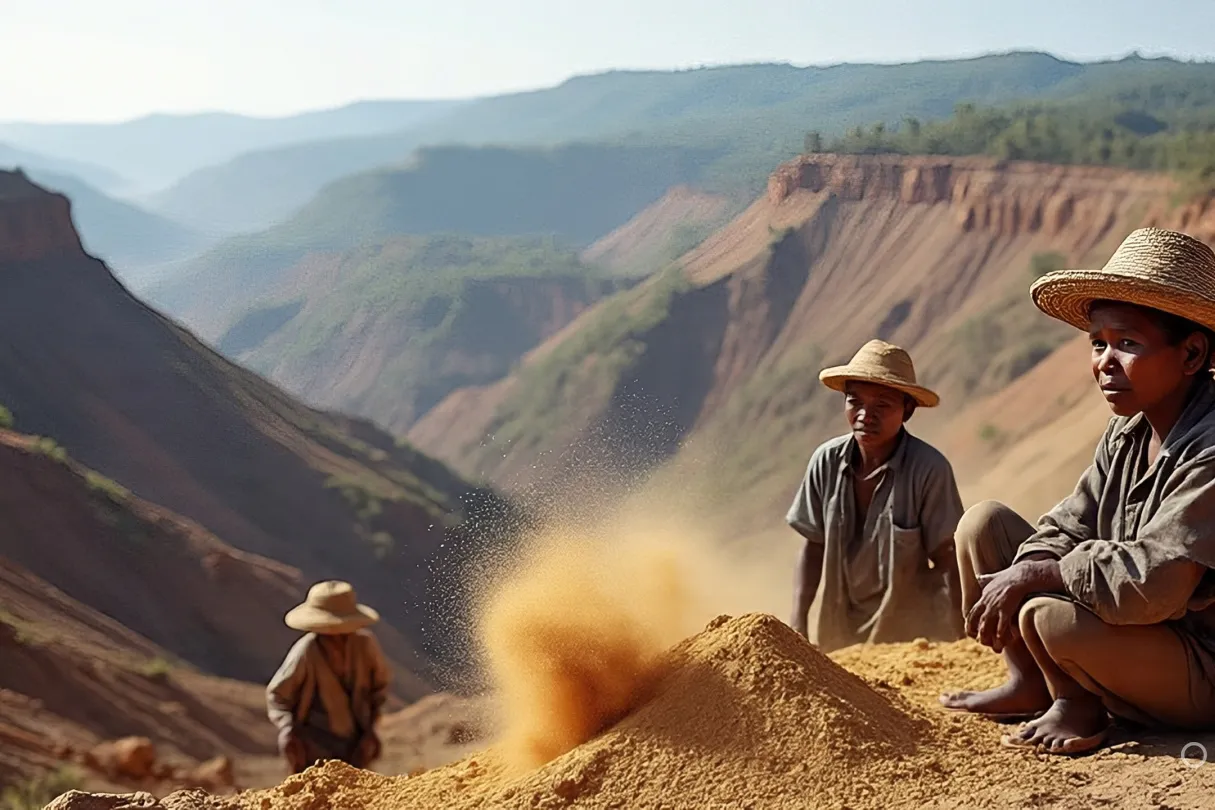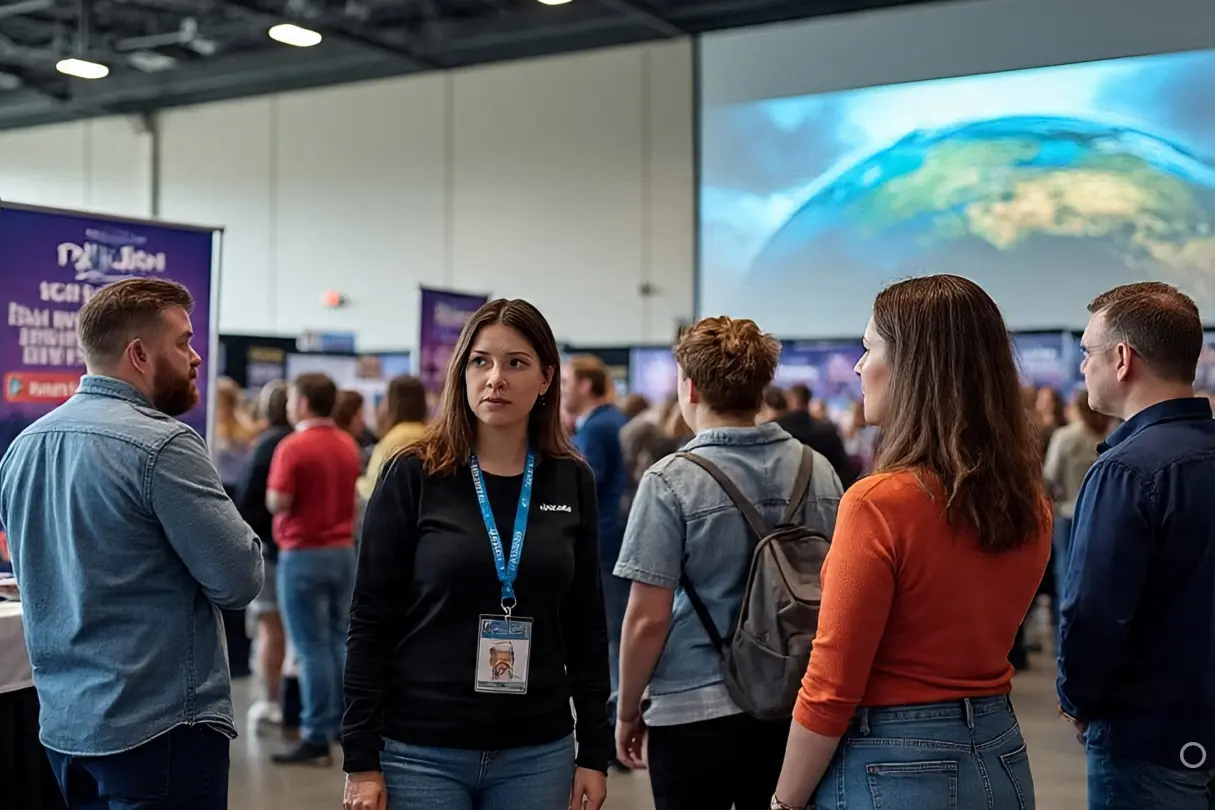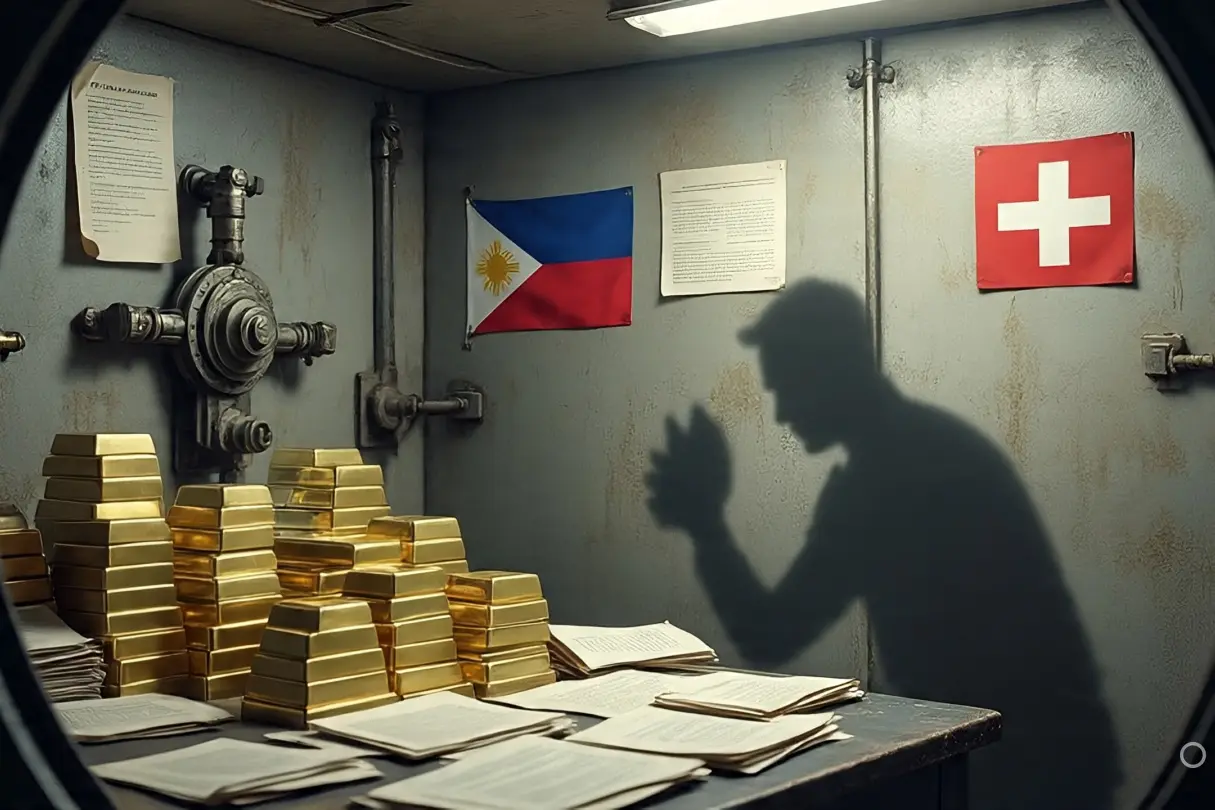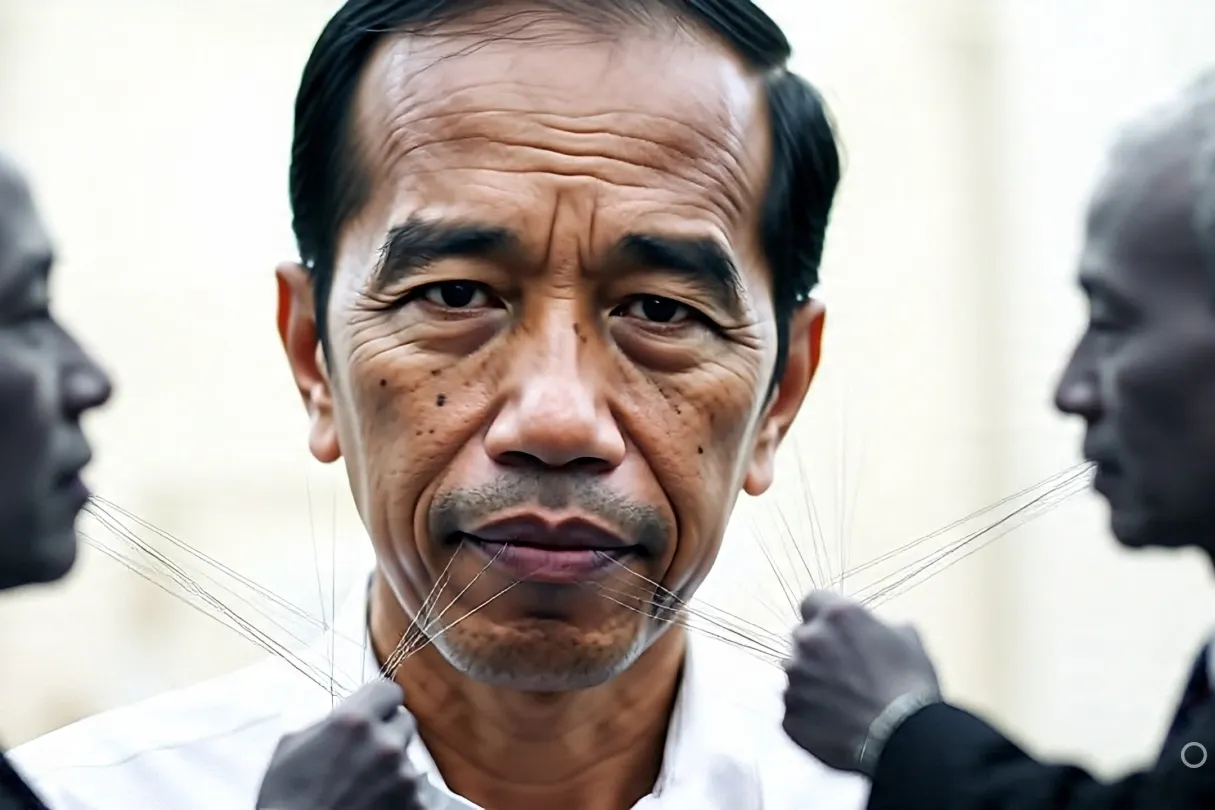Deep within the rugged, resource-rich province of Papua, Indonesia, lies the Grasberg mine—one of the largest gold and copper deposits on Earth. Operated by the American mining giant Freeport-McMoRan, it is a staggering industrial operation, carving a vast scar into the mountains and generating billions of dollars in revenue.
Yet, in a cruel twist of irony, the indigenous Papuan people—the original stewards of this land—remain trapped in poverty. This glaring imbalance has given rise to a powerful and persistent narrative: that the Freeport mine is not a triumph of development, but a chilling symbol of exploitation. Critics allege a web of corruption and collusion connecting Jakarta’s political elite with powerful interests in Washington, all working to secure the mine’s continued extraction at any cost.
Some even claim that the Indonesian military’s frequent, often brutal crackdowns in Papua are quietly financed by Freeport—an effort to crush dissent and safeguard profits.
This investigative editorial dives deep into the heart of these allegations. We’ll examine the trail of money, the mine’s environmental toll, and the enduring fight for indigenous rights. At its core, this is a story of extraordinary mineral wealth, devastating human cost, and the haunting question: Who truly profits when the earth is torn open—and at what price?
💰 A Mountain of Wealth, Valleys of Poverty
The sheer scale of the Freeport mine is staggering. Its open-pit and underground operations extract vast quantities of gold and copper, making it a cornerstone of Freeport-McMoRan’s global portfolio and a significant contributor to Indonesia’s national revenue.
💸 Billions Extracted, Little Returned?
While the Indonesian government receives a share of the profits and royalties, critics argue that the distribution is far from equitable, with a disproportionately small amount of the immense wealth generated staying within Papua itself. Allegations persist that favorable contracts negotiated during the Suharto era continue to benefit Freeport at the expense of local communities and the environment. Transparency in these agreements has long been a point of contention.
🏘️ Indigenous Communities Left Behind
Despite the decades of mining operations, many indigenous Papuan communities living in the vicinity of the mine continue to lack access to basic services such as healthcare, education, and clean water. Their traditional livelihoods, which depend on the land and its resources, have been severely disrupted by the mine’s presence and its environmental impact. This stark contrast between the mine’s immense wealth and the surrounding poverty fuels resentment and strengthens the narrative of exploitation.
The table below illustrates the economic disparity in the region. (Note: Actual current data would be needed for a real article)
🌎 Tearing the Earth: Environmental Devastation
The scale of Freeport’s mining operations has had a profound and lasting impact on the Papuan environment.
⛰️ A Scar on the Landscape
The Grasberg open pit is a visible scar on the once pristine mountain range, a testament to the sheer volume of earth that has been moved. This massive alteration of the landscape has irreversible consequences for local ecosystems and biodiversity.
🧪 River of Waste: Tailings Disposal
One of the most contentious aspects of Freeport’s operation is the disposal of mine tailings – the waste rock and materials left over after the extraction process. Vast quantities of these tailings have been discharged into the local river systems, particularly the Ajkwa River. This practice has led to:
- Sedimentation: The riverbeds have become choked with sediment, impacting water flow and aquatic life.
- Heavy Metal Contamination: Concerns persist about the potential leaching of heavy metals from the tailings into the water and soil, posing risks to human health and the environment.
- Damage to Ecosystems: The altered river systems and potential contamination have devastated local ecosystems, impacting fish populations and the traditional livelihoods of communities that depend on these resources.
Environmental organizations have documented significant and long-term environmental damage linked to Freeport’s operations, further fueling the narrative of corporate disregard for the Papuan environment.
✊ The Cry for Rights: Indigenous Voices Silenced?
The presence of the Freeport mine has been accompanied by a long and often violent struggle for indigenous rights in Papua.
📜 Ancestral Land Claims Ignored
Indigenous Papuan communities have deep ancestral ties to the land where the mine operates. They argue that their rights to their traditional lands have been ignored and that they have not received adequate compensation or benefits from the mining operations. Their cultural and spiritual connections to the land have also been disrupted.
🛡️ Military Presence and Suppression
The Freeport mine is heavily guarded by Indonesian security forces, including the military. While the official justification is to protect the mine from sabotage and maintain order, critics argue that this heavy military presence is also used to suppress local dissent and protect Freeport’s interests.
- Allegations of Human Rights Abuses: Numerous reports from human rights organizations detail allegations of violence, intimidation, and extrajudicial killings committed by security forces against Papuan civilians, particularly those protesting the mine or advocating for independence.
- Funding the Oppression? The most explosive claim is that Freeport directly or indirectly funds these military operations, providing logistical support or financial incentives to ensure the continued operation of the mine without local interference. While direct proof of such funding is difficult to obtain, the close relationship between the company and the Indonesian security apparatus fuels this suspicion.
The perception that Freeport benefits from and even fuels the suppression of indigenous rights in Papua adds a deeply unethical dimension to the narrative of exploitation.
🏛️ Corporate Power and Jakarta’s Grip
The longevity and scale of Freeport’s operations in Papua raise questions about the extent of corporate influence and the role of Indonesian elites.
🤝 Cozy Relationships?
Critics point to the long history of close ties between Freeport and powerful figures in the Indonesian government, particularly during the Suharto era. Allegations of corruption and quid pro quo arrangements have persisted for decades, suggesting that political connections have played a significant role in securing and maintaining Freeport’s favorable operating conditions.
🌐 Washington’s Shadow
Given Freeport’s American origins, the role of the U.S. government has also come under scrutiny. Some theories suggest that Washington has historically supported Freeport’s presence in Papua due to strategic and economic interests, turning a blind eye to environmental and human rights concerns.
The perception of a powerful alliance between corporate interests in the U.S. and political elites in Jakarta, allegedly at the expense of the Papuan people and their land, forms a central pillar of the exploitation narrative.
⛏️ Beyond the Gold: A Reckoning for Papua
The story of Freeport in Papua is a complex and deeply troubling one. While the mine has generated immense wealth, the benefits for the indigenous Papuan people have been minimal, while the environmental costs have been significant. The allegations of corporate influence, the heavy military presence, and the suppression of dissent paint a picture that aligns with the theory of resource exploitation backed by powerful interests.
While definitive proof of a deliberate conspiracy involving Jakarta and Washington to exploit Papua through Freeport remains elusive, the stark realities on the ground – the poverty amidst plenty, the environmental devastation, and the ongoing struggle for indigenous rights – lend significant weight to the perception that this is an unjust and exploitative situation.
The future of Papua and its relationship with Freeport remains uncertain. As awareness of the environmental and human rights issues grows, so does the pressure for greater transparency, accountability, and a more equitable distribution of the wealth generated from this contested land. The golden scar on the Papuan landscape serves as a potent reminder of the urgent need to prioritize indigenous rights and environmental sustainability over the relentless pursuit of profit, and to finally answer the question of who truly owns the riches beneath Papuan soil. The cries from the valleys of poverty demand to be heard.




